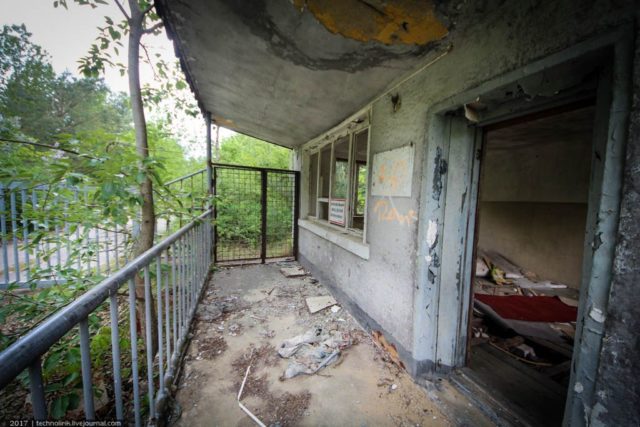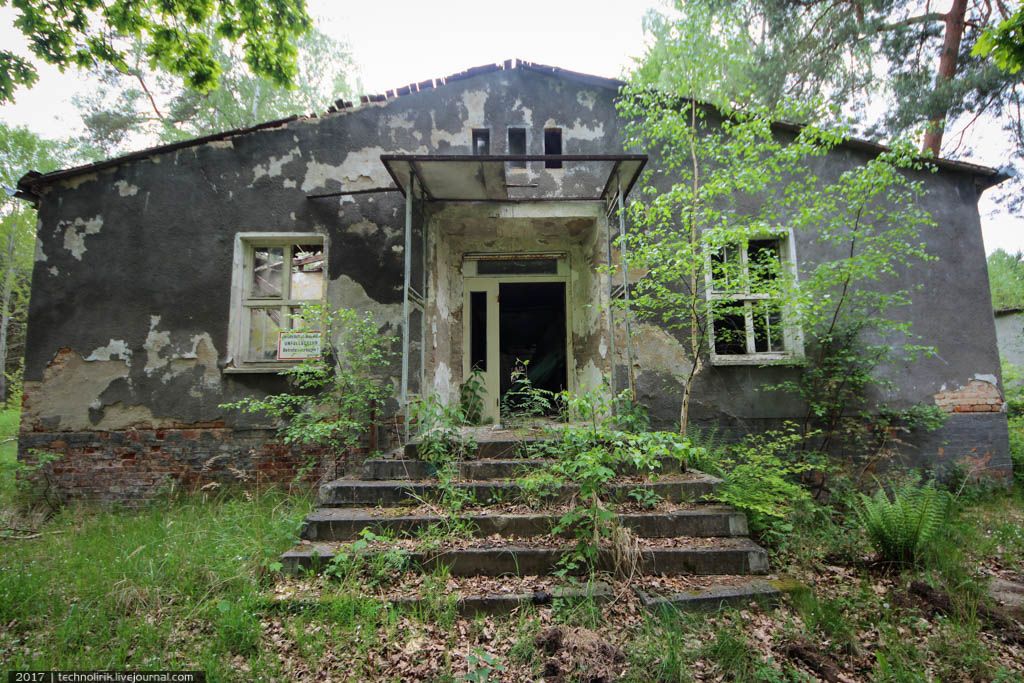About 56 miles southwest of Berlin in Saxony-Anhalt is a training ground and former POW camp which operated during the World Wars.
Currently, part of the area is put to use by the German army and NATO for various training exercises. The military training ground takes its name from the village where it is located: Altengrabow.
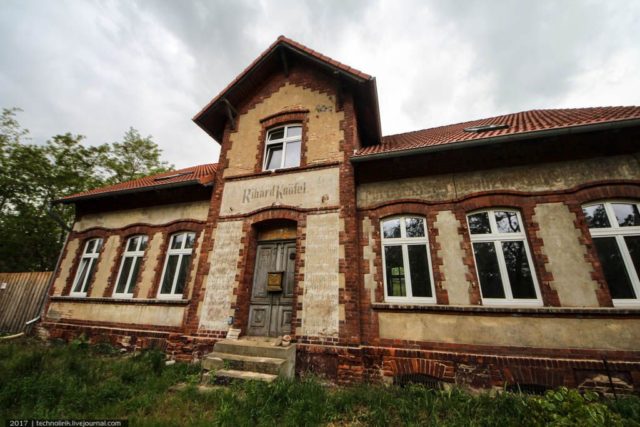
Before it became POW camp, this land was used as a training ground from 1893. The German army called it Truppenübungsplatz Altengrabow, which translates as the Altengrabow Military Training Ground.
During the First World War, the training ground was turned into a prisoner of war camp referred to as Dörnitz Altengrabow, and it held about 12,000 people during the war. After hostilities had ended, the camp became a training ground again, but only until the outbreak of World War II.
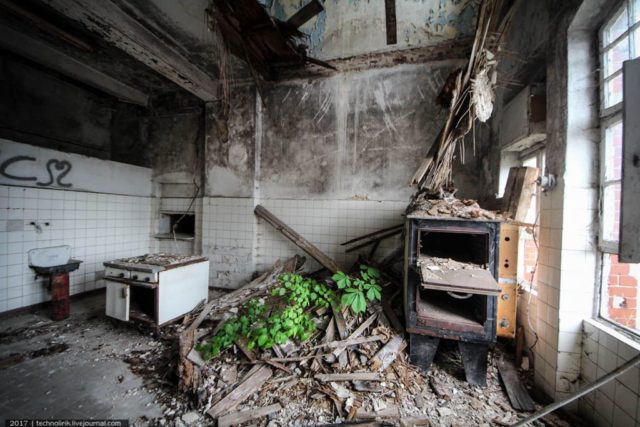
In September 1939, the training ground was once again repurposed as a German POW camp. It was initially called Stalag XI, but two months later it was officially renumbered to be Stalag XI-A.
From 1939 to 1945, there were about 60,000 prisoners of war from 13 countries in the camp. In 1941, the first Soviet prisoners of war were sent to the camp. Prisoners were assigned to separate buildings throughout the camp according to their nationality, but they were also periodically sent to work camps.
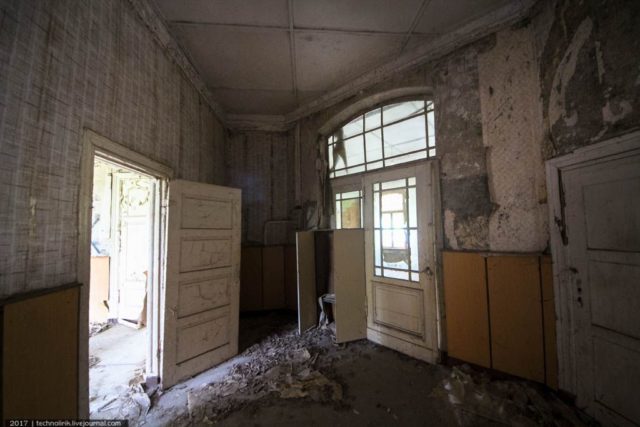

The Russian compound of the camp ended up being quarantined in November 1941 due to the sudden outbreak of a typhus epidemic. The quarantine last several months, not being lifted until 1942. Anyone who passed away during this time had their remains interred in a mass grave.
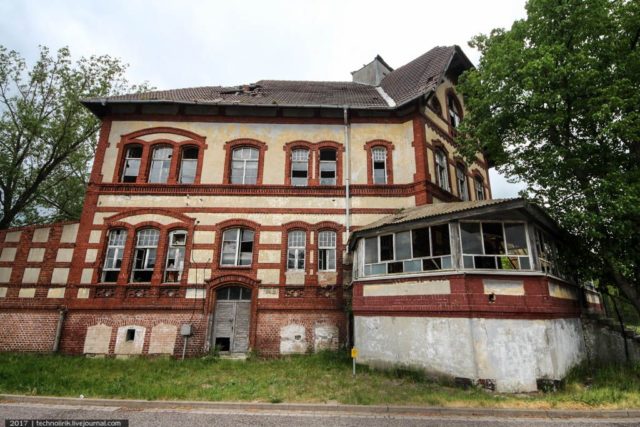
In April 1945, the prisoners of war were liberated by a joint effort involving Commonwealth, French, and American troops. Codenamed Operation Violet, the soldiers in this mission were to be airdropped near the camp where they would assess the situation and ensure a safe, smooth handover.
However, the airdrop scattered the troops, all of whom were captured and taken to Stalag XI-A as prisoners. That didn’t prevent Major Worrall, who was in charge of the operation, from negotiating a handover with the Camp Commandant.
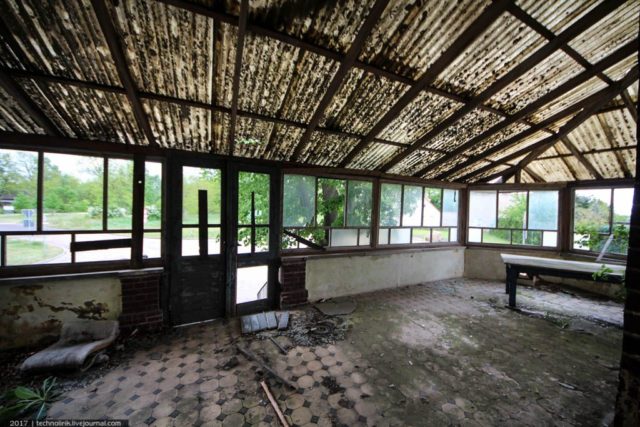
The agreement was struck on May 2, and the next day 70 trucks with rations, 30 ambulances, and 40 war correspondents turned up. When virtually all the prisoners had been safely transferred, the area was taken over by the Group of Soviet Forces in Germany.
The 10th Guards Tank Division was based at the Altegrabov training ground until the Soviet troops left Germany in 1990. During that time, the Soviet commission conducted an investigation into the camp, finding that during Stalag XI-A’s existence, 40,000 prisoners perished from disease and hunger.
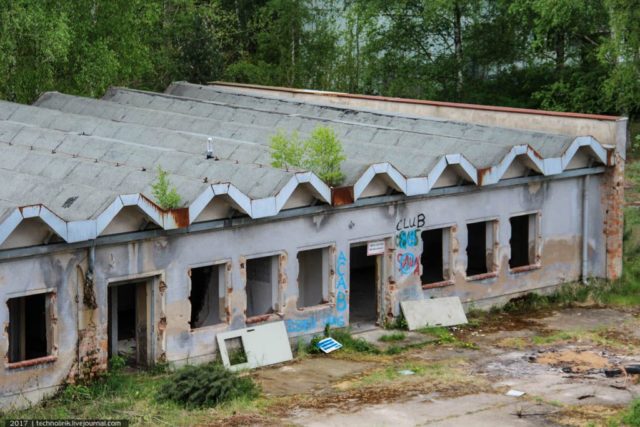
After the land was handed back to Germany, Western Allies have exhumed and repatriated the remains of those who passed away at the camp, and the Russians have transferred around 2,000 graves.
However, the remains of prisoners from Poland, Yugoslavia, and Italy remained unknown and unclaimed. It doesn’t help matters that the associated cemetery was leveled by Soviet tanks.
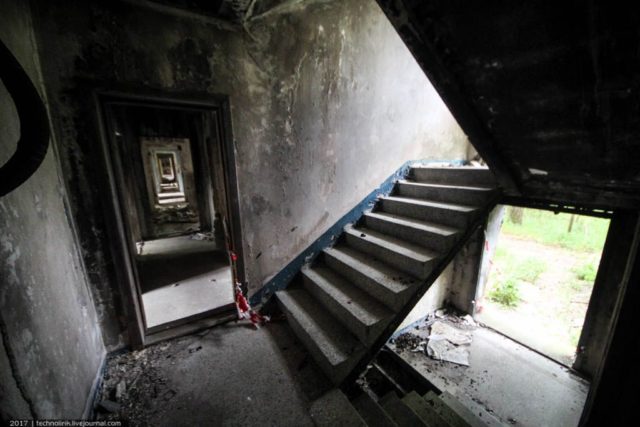

To the east of the village of Altegrabow, intrepid visitors can stumble across several of the abandoned camp buildings. Sometimes the area is unguarded, sometimes it is patrolled by a civilian watchman.
What was once a large communication bunker is now wide open and stripped of everything useful. The Russian barracks that once provided accommodation to numerous soldiers now stand empty with rotting floors and exposed pipes. Also on the site is an old Russian fire-fighting train with a water cannon.
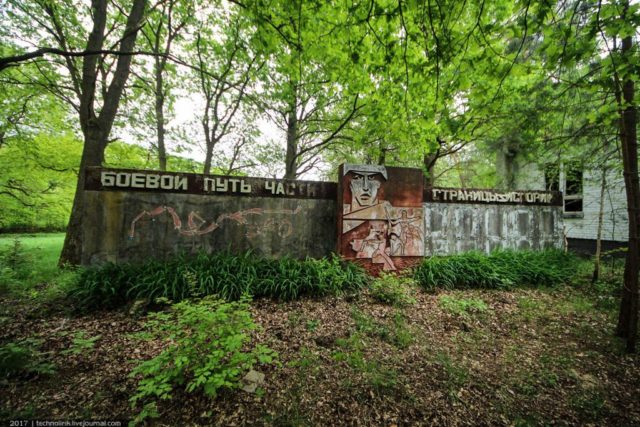
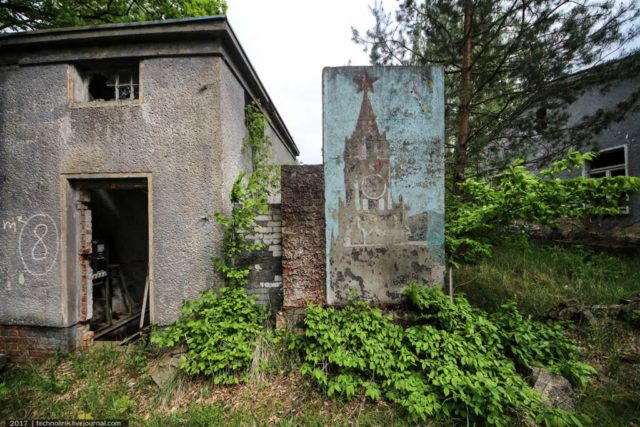
There are gates and checkpoints, and fences surround the area. However, urban explorers report that there are gaps in the barriers, making it possible to enter and explore this forgotten piece of military history.
It is only really possible to explore the abandoned barracks and accommodation that constitute the Soviet garrison town of Rosenkrug since the training ground is still in use and access is prohibited.
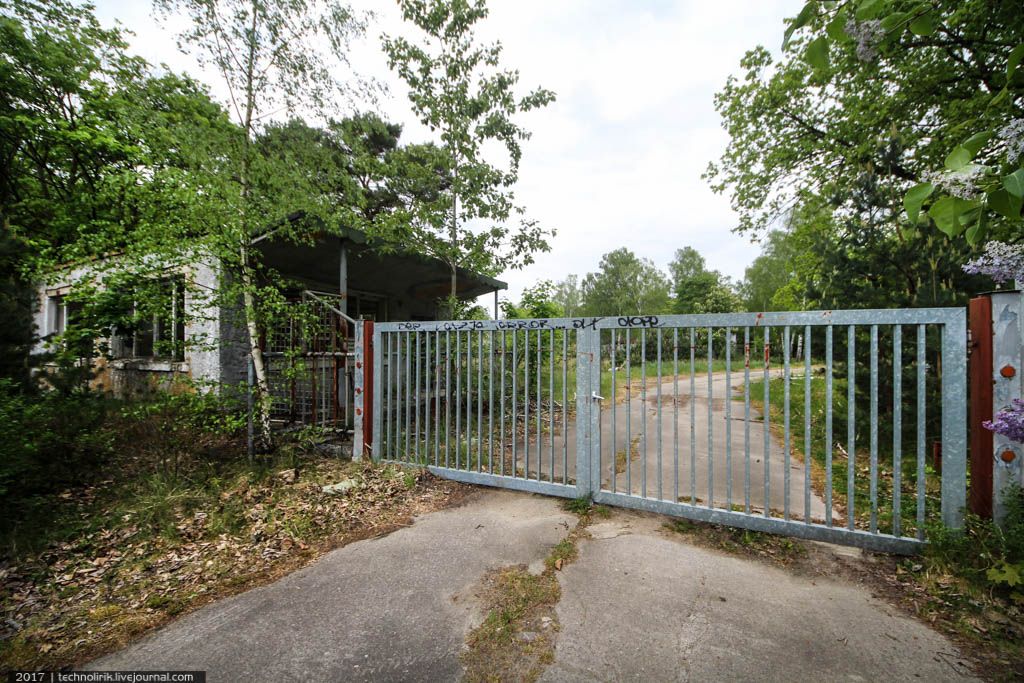
However, visitors to Rosenkrug suggest that despite its dilapidated state, the buildings there are also used for training exercises, but this time for firefighters and other rescue services.
In 2007, a monument with the inscription Stalag XI-A 1939-1945 was erected on the site thanks to the efforts of local residents Udo Geißler and Toni Haderer. A second monument was unveiled in September 2010, to mark the 70th anniversary of the beginning of the war.
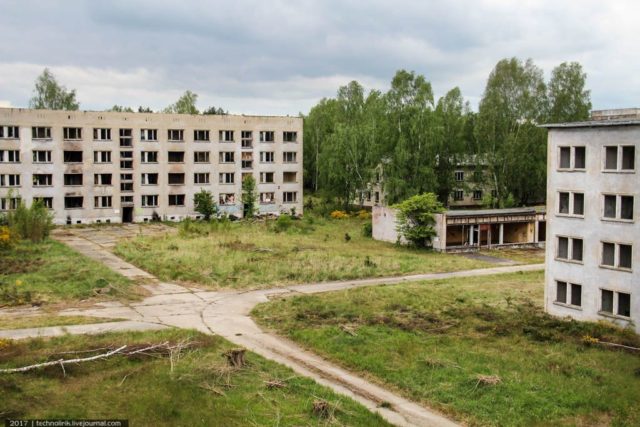
Efforts are being made to find both the former garrison cemetery where Polish prisoners are buried as well as a cemetery in the west which holds around 52 graves of those involved in the Warsaw Uprising.
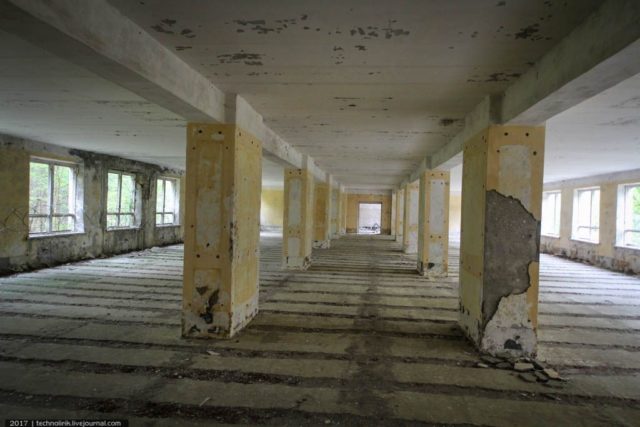
A big thank you to Alexandr and his LiveJournal account for sharing such amazing photographs of this location with us.
Alex lives in Germany and has got an account where he writes about different locations. He has written his own article about this location where you can find more of his photos. You should definitely check out his LiveJournal account and Facebook page.
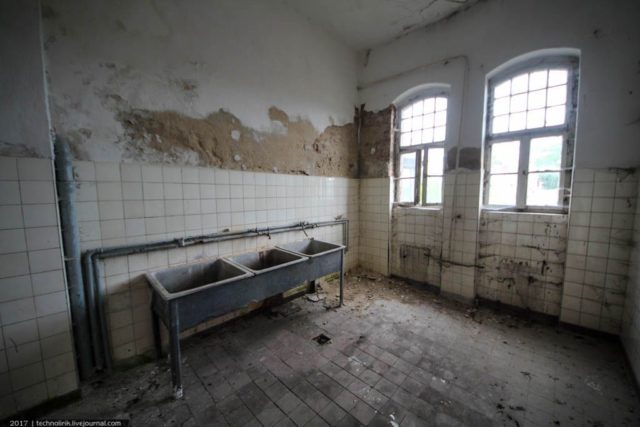
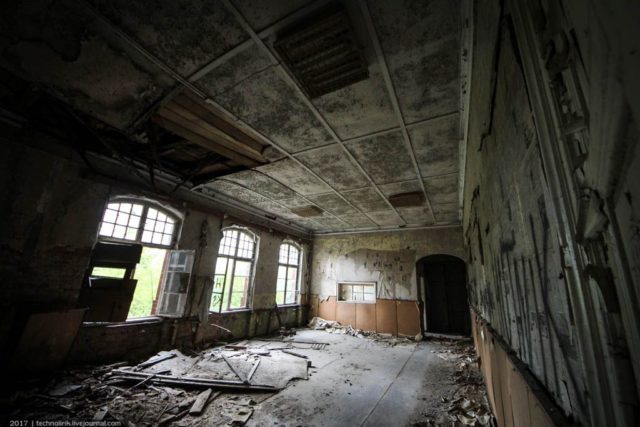
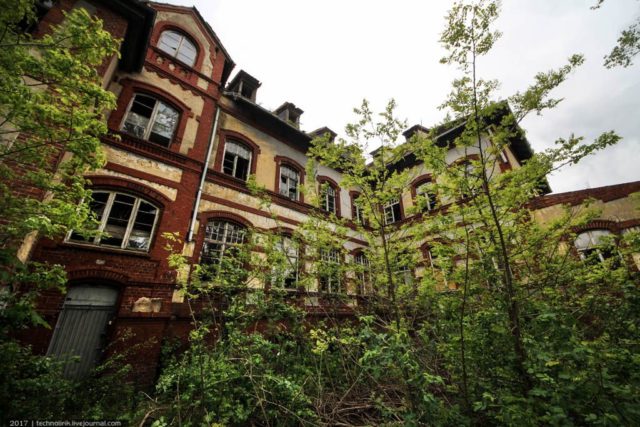
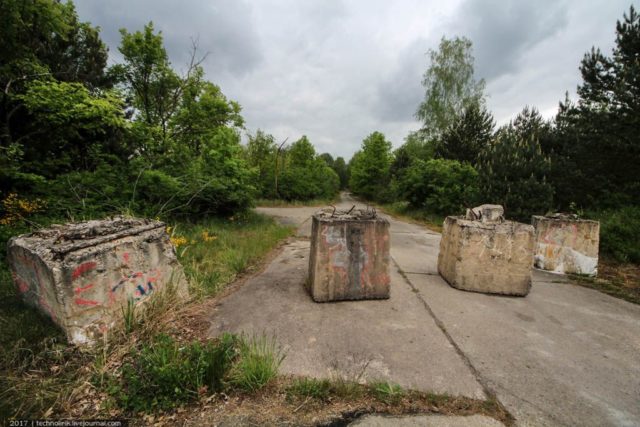
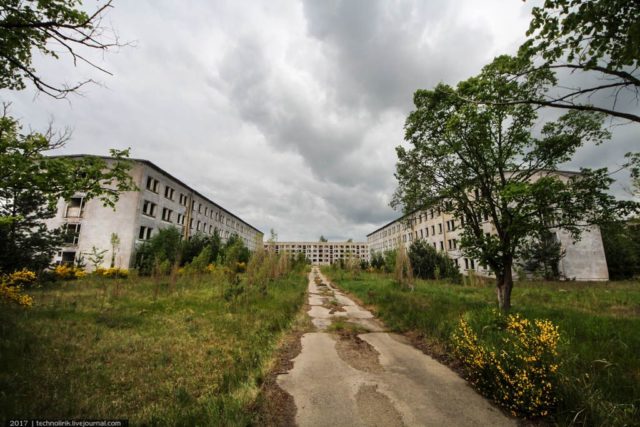
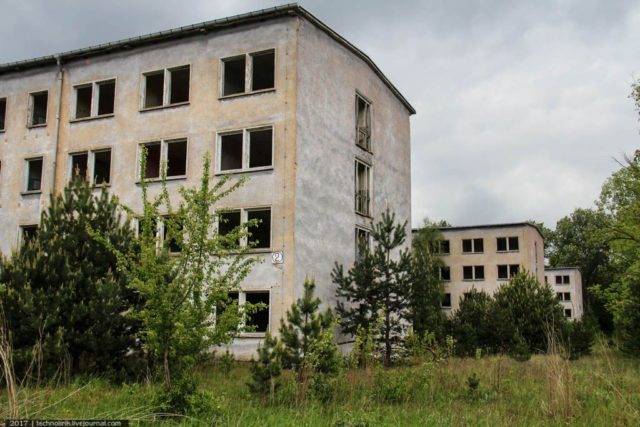
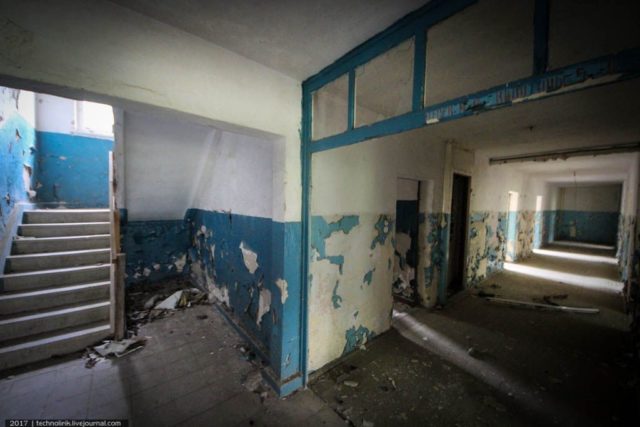
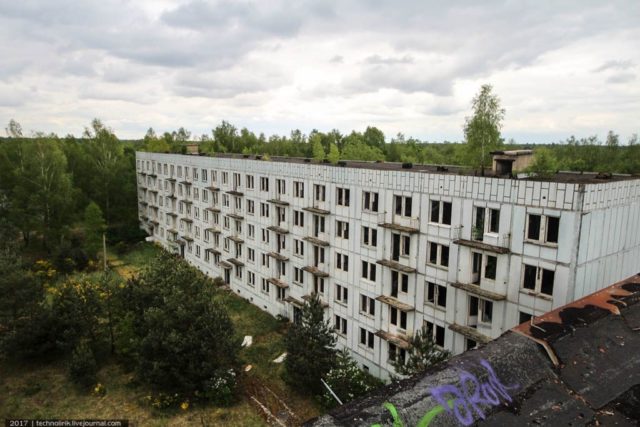
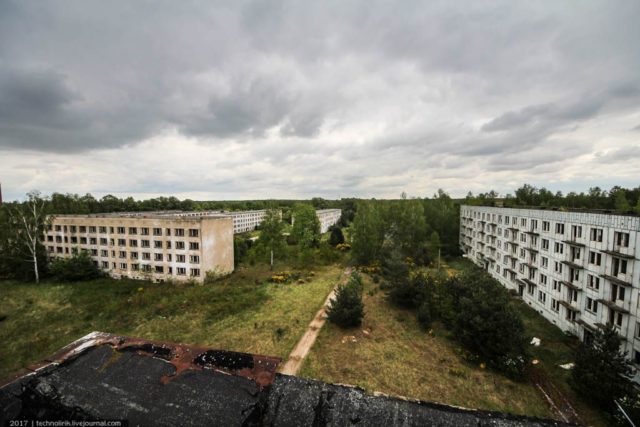
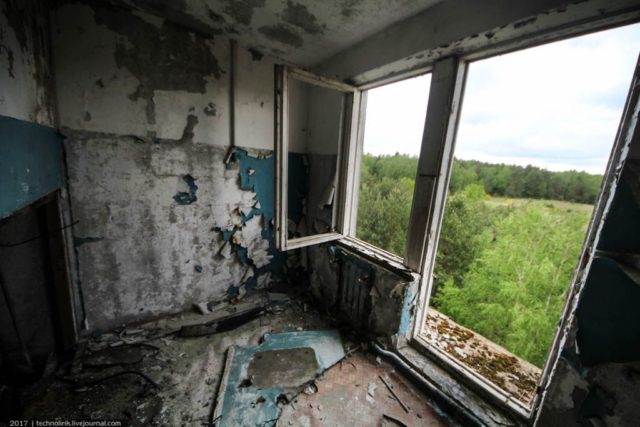
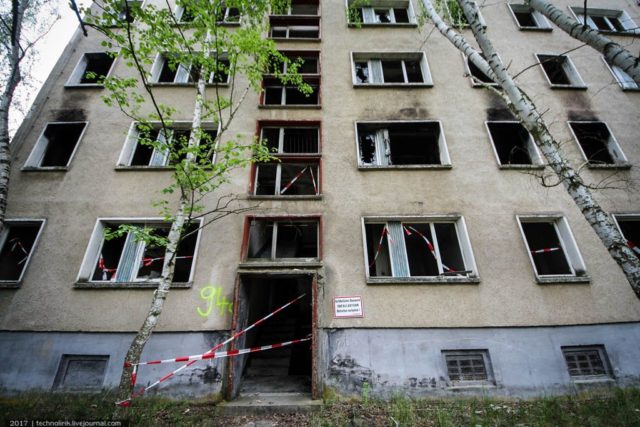
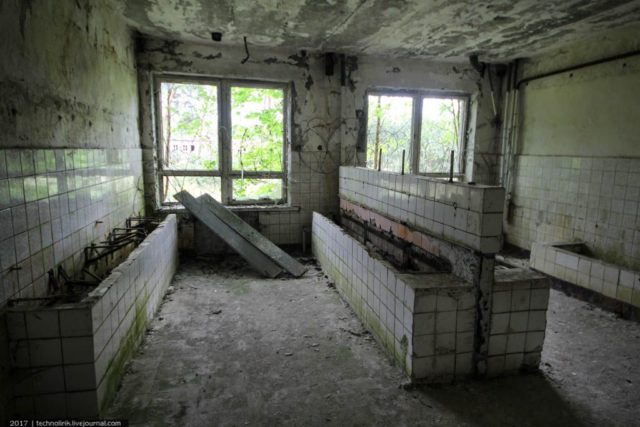
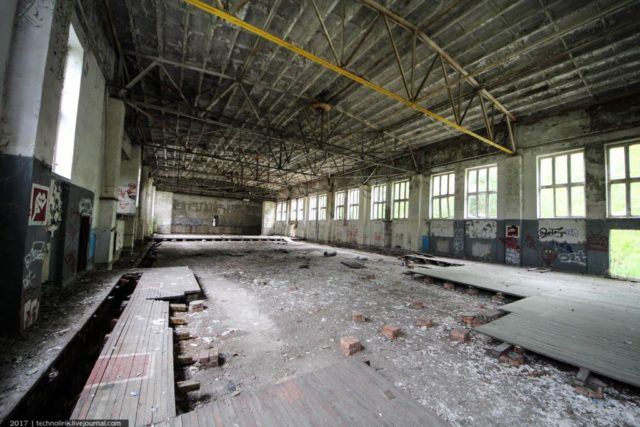
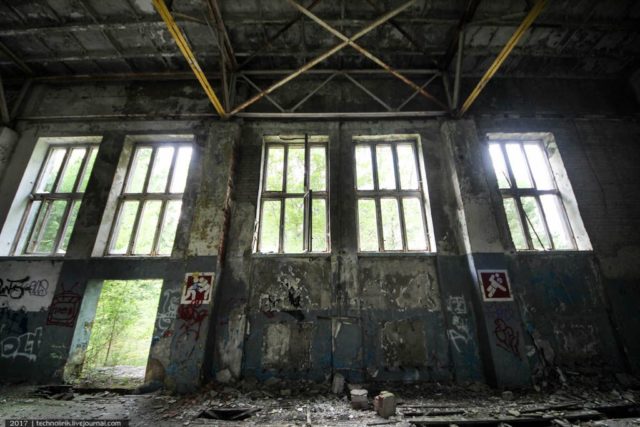
Another Article From Us: Camp Hitfield, Abandoned Belgian Camp in Germany
